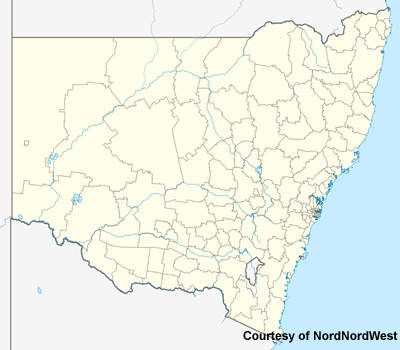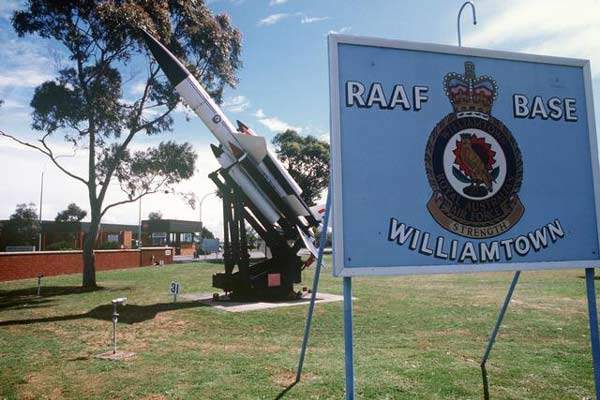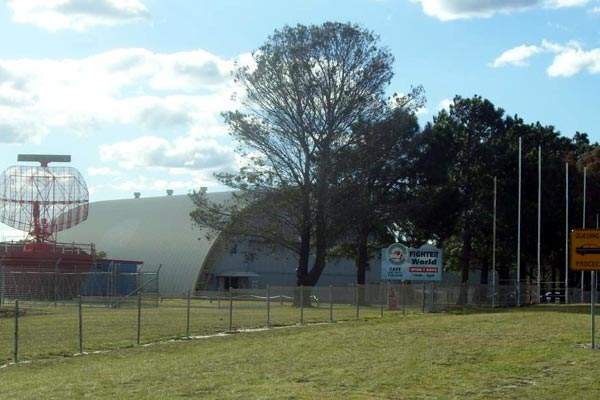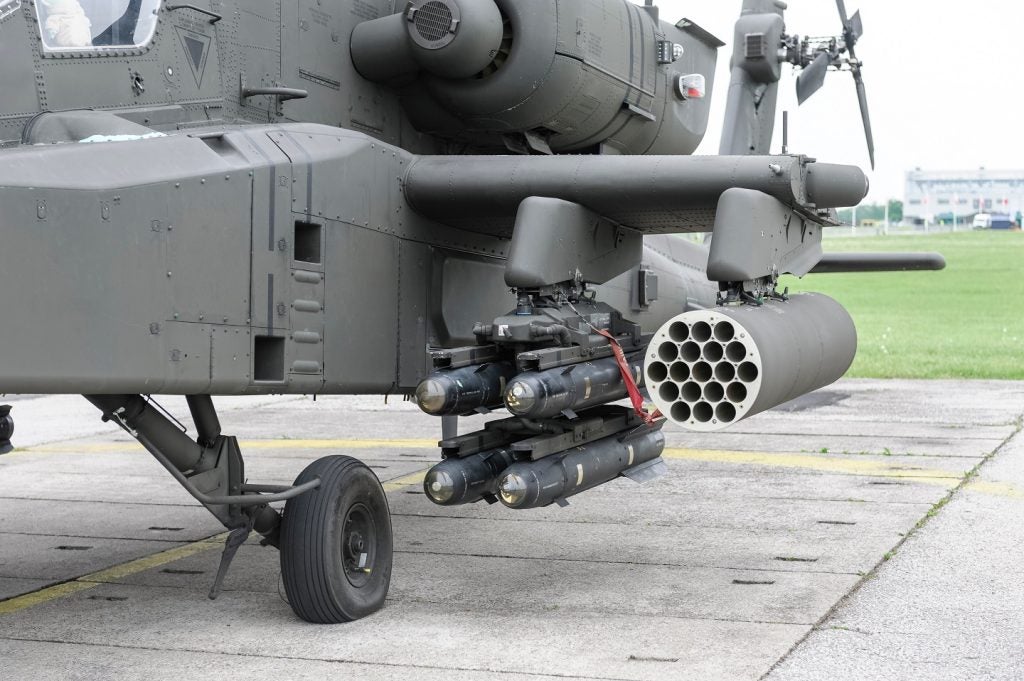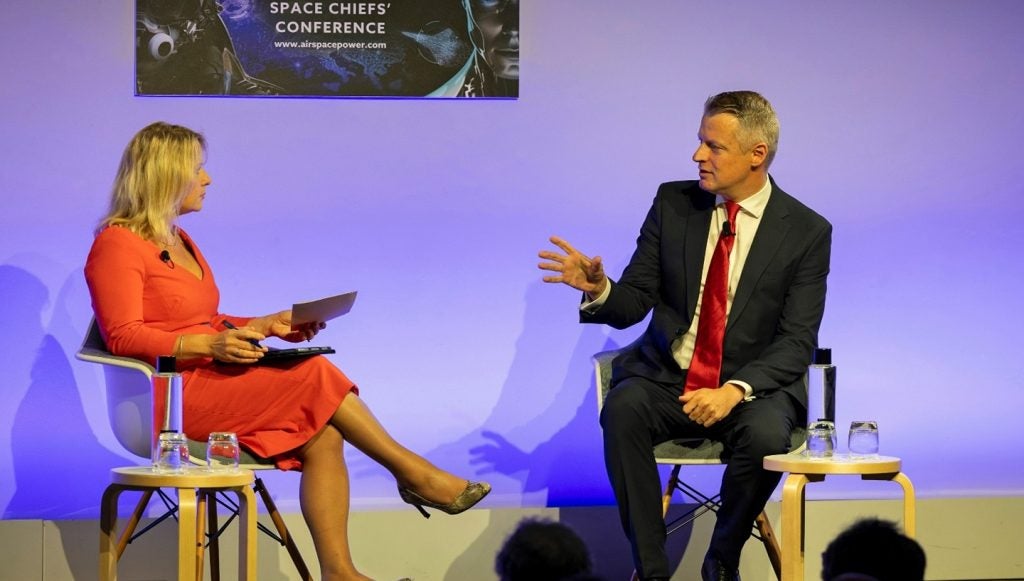The Royal Australian Air Force (RAAF) Base Williamtown opened in February 1941 and is located 30km north of Newcastle, New South Wales in Port Stephens. The RAAF base shares its runway with the nearest civilian Newcastle Airport. The base is a hub for F/A-18 Hornet fighters, BAE Hawk 127 lead-in fighters, Wedgetail airborne early warning and control (AEW&C) aircraft and Pilatus PC-9 training aircraft. It is currently used as the main fighter base by RAAF.
Australian construction company Hansen Yuncken upgraded the facilities of the RAAF Williamtown base under a $92m contract awarded by the Department of Defence (DoD), Australia. The work included upgrading the large runways and infrastructure facilities, allowing “early warning” defence capability in the base.
Hansen also renovated the hangar and provides support amenities at the base to cater to new Boeing 737 capabilities. Boeing delivered two of the six 737 AEW&C aircraft to the RAAF in November 2009. The remaining will be delivered by the end of 2010.
Under the Project Wedgetail programme, Boeing has been contracted to supply six 737 aircraft along with ground support systems such as training. Boeing began the four-month training of RAAF No. 2 Squadron at the Williamtown base in February 2010.
RAAF Base Williamtown history
The RAAF base was initially used for training operations. Williamtown, however, retained the RAAFB as the main fighter base in 1944 after the World War II.
The No. 4 operational training unit formed at the base in October 1942 was dissolved in April 1944.
The No. 4 squadron also provided air or land training capability to the Australian Defence Force.
The Australian Defence Force Warfare Centre and Surveillance and Response Group (SRG) used the base as its headquarters.
RAAF Williamstown base design
The headquarters building of the RAAF base in Williamtown was designed at a cost of A$11m to accommodate the new AEW&C aircraft for the RAAF No. 2 squadron. The company has acquainted effective ESD elements during the architecture and interior design of the base and completed the work within a tight budget.
Exterior sunshades were installed to reduce the effect of sun. Around 60l water tanks were built within the base to allow rainwater harvesting from roofs. The water is used to flush toilets and to irrigate landscaped gardens. Retention pods and swale drains were also installed in the base to reduce stormwater flow off the base.
The walls of the base have been designed with reinforced concrete blockwork in the interior and a profiled colourbond sheet covers the exteriors. The walls are robust and protect the base from security threats.
RAAF base construction
The RAAF base was constructed on 800ha of land. The small target area of 33ha in the south was earmarked for an air-surface gunnery and bombing practice. Around 2,790ha of land encompassing a 12-mile creek / saltwater creek estuary was occupied as an extensive buffer zone in the north side.
The base features administrative, runway, apron, taxiways and service areas. It also comprises a meteorological station, post office, hangars, fighter aircraft museum, central emergency power station, one fuel farm facility and two high-voltage switching stations.
The central emergency power station provides the required electricity to the entire base. The jet fuel engine of the aircraft is tested at the fuel farm facility located in the base. The high-voltage switching stations include main electrical infrastructure lines.
RAAF base garrison facilities
The headquarters of the SRG and the Air Combat Group (ACG) are located in the RAAFB. The base also houses No. 41 Wing (air defence), No. 42 Wing (airborne early warning and control), No. 44 Wing (air traffic control), No. 92 Wing (maritime operations), No. 78 Wing, No. 81 Wing and No. 82 Wing, along with 21 partner units.
The SRG was established by collaborating surveillance and control and maritime patrol groups in March 2004, while the ACG was formed by combining the tactical fighter group and strike reconnaissance group in January 2002.
The air defence unit (No. 41 Wing) of the SRG is primarily used for performing surveillance of large area, control of airspace and execution of air battle management operations. No. 42 Wing provides AEWC capability for the air force and integrates air and support operations in the maritime and land environments.
No. 44 Wing provides air traffic control (ATC) services throughout Australia. Intelligence, surveillance and reconnaissance operations are performed by No. 92 wing.
No. 78 Wing trains the pilots of F/A-18B Hornet and Hawk at No. 76 and 79 Squadrons located in the base. No. 82 Wing strikes the desired target and conducts reconnaissance with No. 1 and 6 Squadrons. The wing comprises around 60 people and operates four PC-9 aircraft. It also enables the forward air controllers (FAC) to line up the delivery of air weapons and move towards operational areas.
RAAF base No. 44 Wing air facilities
No. 44 wing controls the 11 ATC stations across Australia. It supports the ATC technical ground electronic services (GES) to the base. The wing also offers radar control services to army, navy and air force. The ATC station keeps track of aircraft in air and alerts the base when enemy aircraft fly in the skies of Australia.
RAAF Williamtown base technology
The RAAF Williamtown base comprises two airfield lighting equipment rooms, which are used to brighten the runway lighting network.
Other RAAF base facilities
The personnel at the base are offered training facilities, sporting fields, recreation facilities, cinema and even a fortnightly newspaper that highlights activities around the base and the outside community. The base also provides base childcare facilities.

